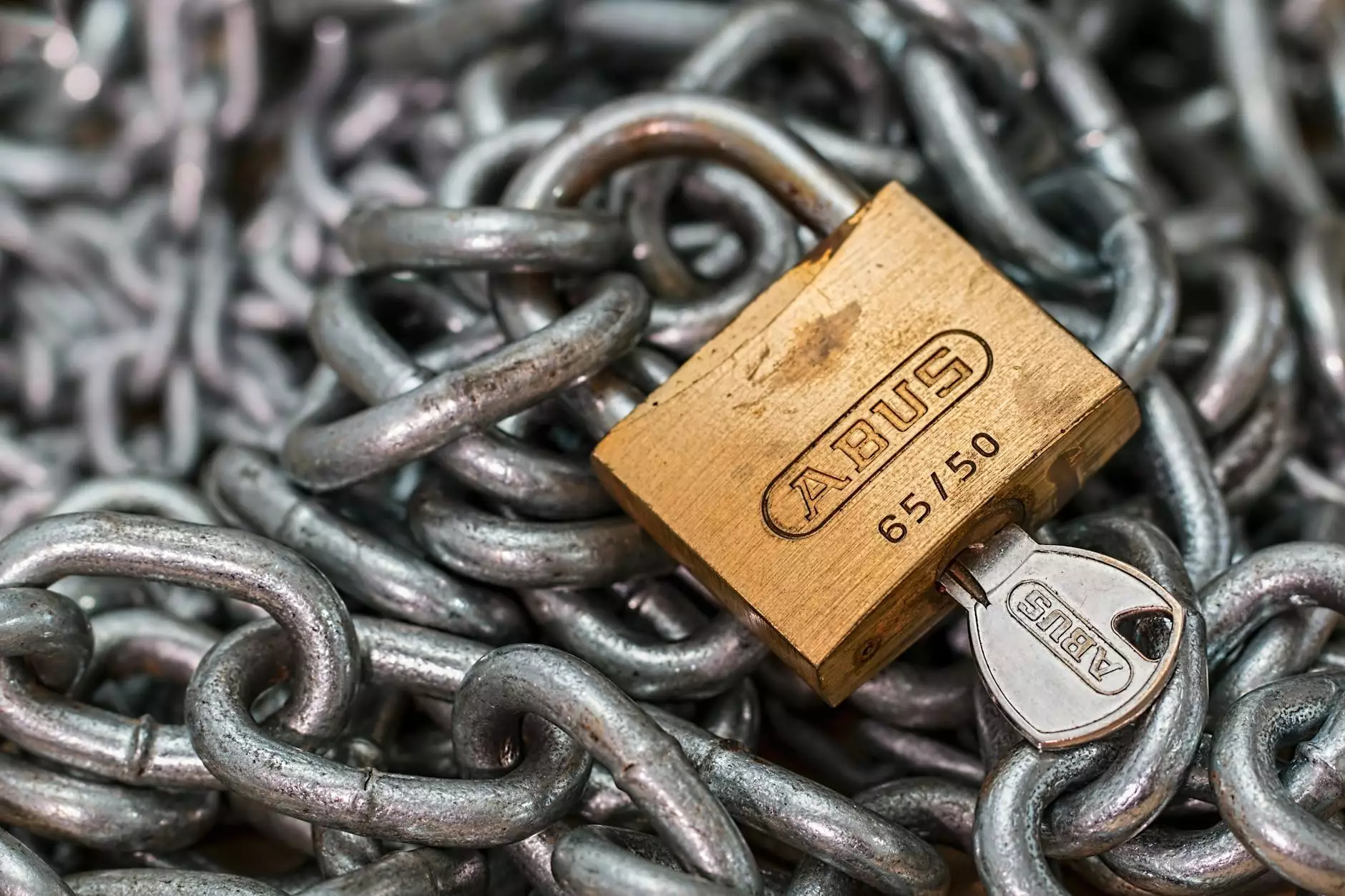Understanding RDP Protocol Security: Safeguarding Your Remote Access

Introduction to RDP Protocol
The Remote Desktop Protocol (RDP) is an essential tool for businesses today, enabling users to connect to other computers remotely. With the rise of remote work and global teams, RDP has become a cornerstone of productivity and collaboration. However, along with its benefits, RDP also presents substantial security challenges that companies must address to protect sensitive data and systems.
The Importance of RDP Protocol Security
As organizations become increasingly reliant on technology, particularly with remote access tools like RDP, the need for robust security measures has never been more crucial. Here are several reasons why ensuring RDP protocol security is imperative:
- Data Protection: RDP provides access to sensitive information, and without proper security measures, this data can be exposed to unauthorized users.
- Risk Minimization: Cyber threats, including malware and ransomware, often exploit vulnerabilities in RDP connections, making security paramount.
- Regulatory Compliance: Many industries have regulatory requirements regarding data security and privacy; non-compliance can result in severe penalties.
- Business Continuity: Breaches can lead to disruptions, affecting productivity and revenues. Ensuring RDP security is a vital component of business continuity planning.
Common Threats to RDP Security
Understanding potential threats is the first step in mitigating risks associated with RDP. Some of the common threats include:
- Brute Force Attacks: Attackers use automated tools to guess passwords, gaining unauthorized access to RDP sessions.
- Man-in-the-Middle Attacks: Cybercriminals intercept communication between the user and the remote desktop, allowing them to capture sensitive data.
- Exploitation of Vulnerabilities: Unpatched software or configurations can provide gateways for attackers to exploit and gain access to systems.
- Credential Theft: Phishing attacks or malware can expose users' credentials, leading to compromised access to remote desktops.
Enhancing RDP Protocol Security
To counteract these threats, businesses must adopt a multi-layered approach to enhance the security of their RDP connections. Below are best practices that organizations should implement:
1. Strong Authentication Measures
Using strong passwords is not enough. Implementing multifactor authentication (MFA) adds an extra layer of security. Employees must verify their identity using a secondary method, such as a mobile authentication app or a hardware token.
2. Network Level Authentication (NLA)
Enable NLA to require user authentication before establishing a full RDP session, thereby adding an additional gatekeeping measure.
3. Regular Updates and Patching
Keep your systems updated with the latest security patches. This includes both the operating system and any software utilized to facilitate RDP connections. Regular updates help to close vulnerabilities that attackers could exploit.
4. Limiting User Access
Employ the principle of least privilege (PoLP). Limit RDP access only to employees who require it for their job roles. Implement user roles that restrict activities based on necessity, ensuring that not every user has open access.
5. Secure Your Firewall
Configure firewalls to restrict RDP access to only trusted IP addresses. Implementing a VPN (Virtual Private Network) for remote access can also secure connections, providing a barrier against unauthorized users.
6. Utilize RDP Gateway
Using an RDP gateway allows for encrypted connections. When clients connect via the gateway, authentication occurs, adding an extra security layer.
7. Monitoring and Logging
Constantly monitor RDP sessions and maintain logs of access attempts. Analyzing these logs can provide insights into unusual access patterns, enabling proactive security measures.
8. Implement Session Timeouts
Configuring automatic session timeouts can prevent unauthorized access by logging out users after periods of inactivity. This is critical for public or shared devices.
Benefits of Strong RDP Protocol Security
Investing in RDP security measures fosters several benefits for businesses:
- Improved Data Integrity: Protecting against unauthorized access ensures the integrity of sensitive information.
- Enhanced Reputation: Demonstrating a commitment to security can enhance a company’s reputation among clients and partners.
- Cost Savings: Preventing breaches reduces the financial impact of potential data loss, legal fees, and recovery costs.
- Employee Confidence: A secure working environment enhances employees' trust in the company's IT infrastructure, promoting productivity.
Conclusion: Prioritizing RDP Protocol Security
As the landscape of remote work continues to evolve, the importance of RDP protocol security cannot be overstated. Organizations must be vigilant and proactive in implementing strong security measures to protect their data and infrastructure from potential threats. By prioritizing security in remote access technologies, businesses can support employee productivity while safeguarding vital information. The implementation of stringent security protocols will not only ensure compliance with industry regulations but also nurture a culture of security awareness, benefiting the entire organization in the long run.
Final Thoughts
In summary, while RDP offers tremendous benefits for remote connectivity, it is imperative that businesses approach its usage with a comprehensive security strategy. Regular training for employees on best practices, conducting security assessments, and staying informed about potential risks will contribute towards a secure remote desktop environment. By taking these steps, organizations can confidently embrace the essence of remote work without compromising on security.









